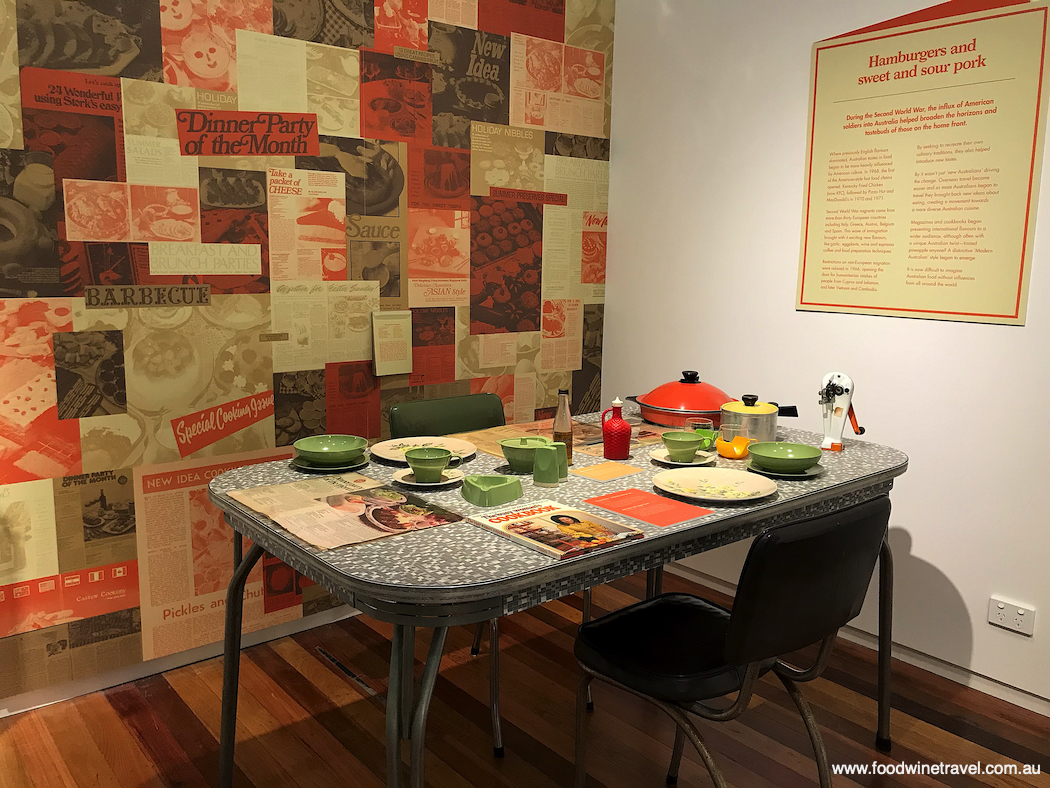
It’s hard to imagine what Australian food was like without all the influences from around the world that have made our cuisine what it is today. An exhibition that has been on show at Pine Rivers Heritage Museum over the past few months chronicled how Australian eating habits have changed over the past few centuries, from a largely British-influenced diet to a diverse and modern cuisine reflecting the everchanging diversity of our society.
Although the exhibition canvased bush tucker, early Australian cookbooks, and the Depression when people relied on bread and dripping and rabbit stew, many of the exhibits related to the remarkable transformation that has taken place in Australian food since the Second World War.
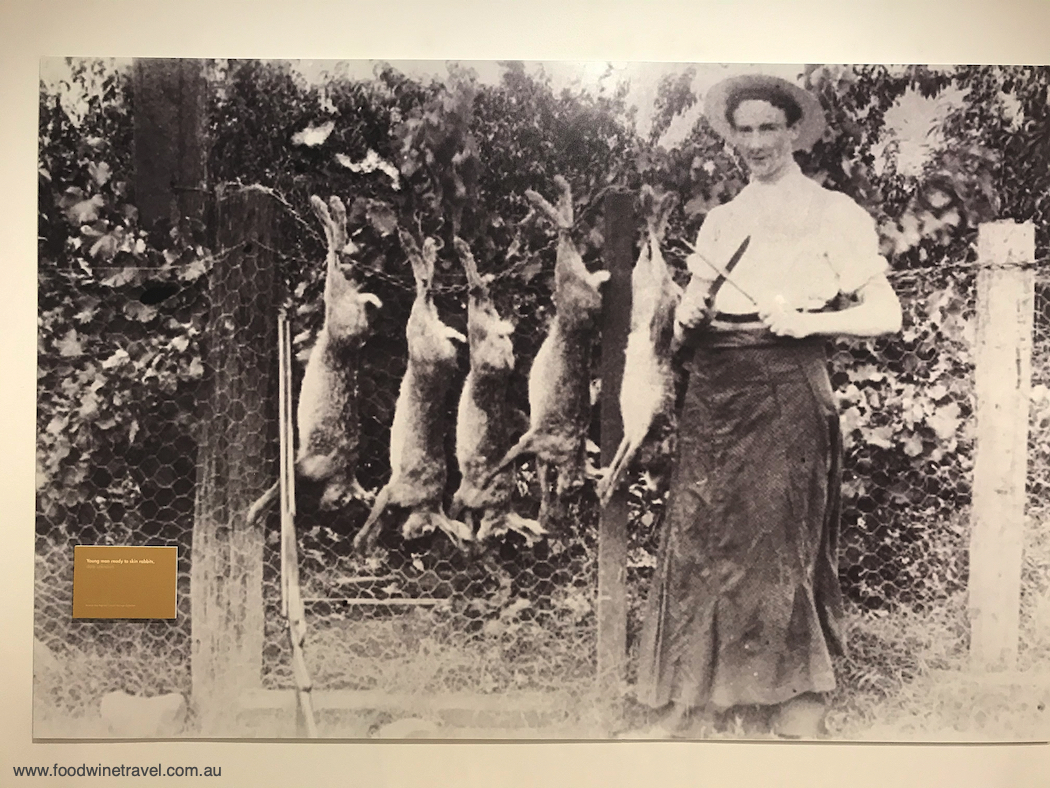
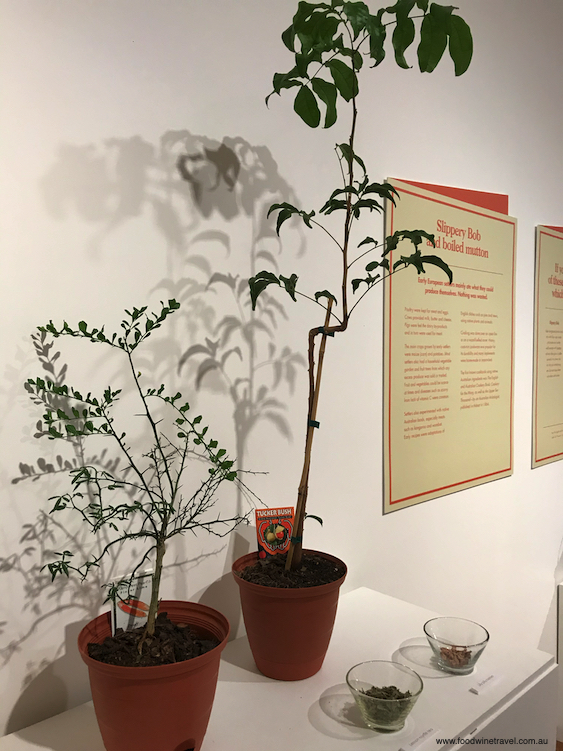
First there was a wave of European migration which brought new cooking techniques, new flavours like garlic and eggplant, and a love of wine and espresso coffee. Later arrivals from Vietnam, Cambodia, Lebanon and other countries added to the mix. But it wasn’t just ‘new’ Australians driving the change. As more Australians began travelling overseas, they brought back new ideas about cooking and eating.
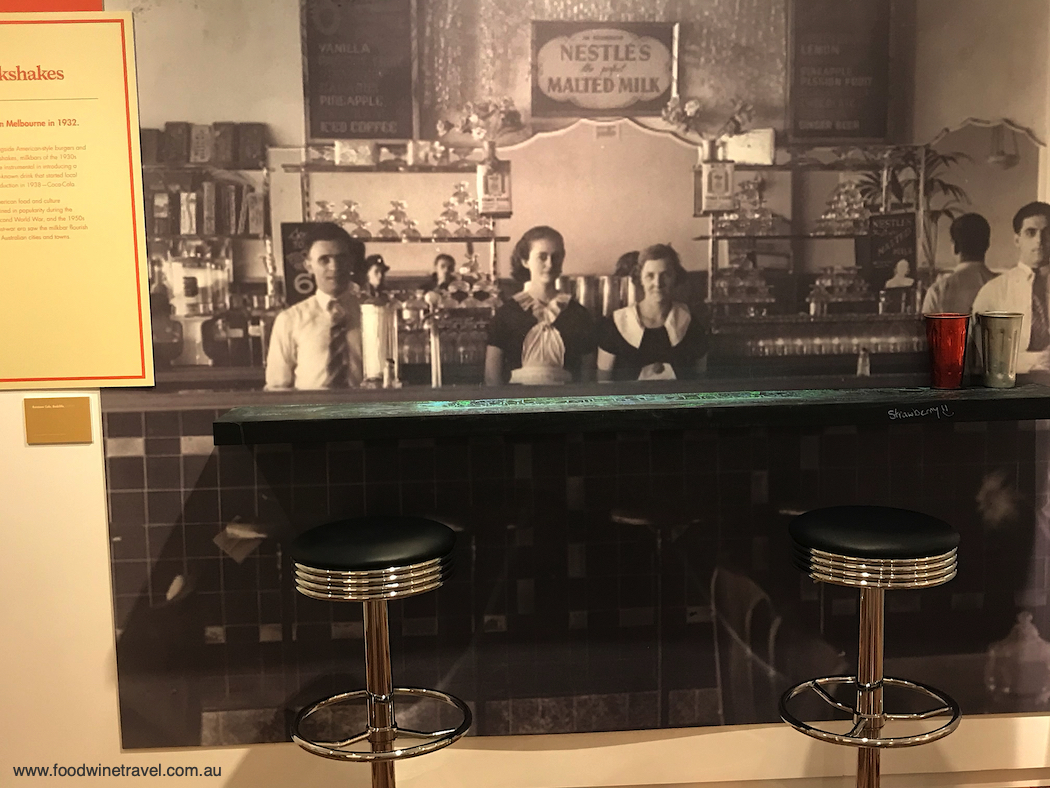
Cookbooks and magazines reflected the trend, bringing international flavours to a wider audience, often with an Australian twist – as in the ubiquitous canned pineapple … quelle horreur! A nice touch was that at various points around the exhibition, there were old-fashioned recipes that you could tear off and take home.
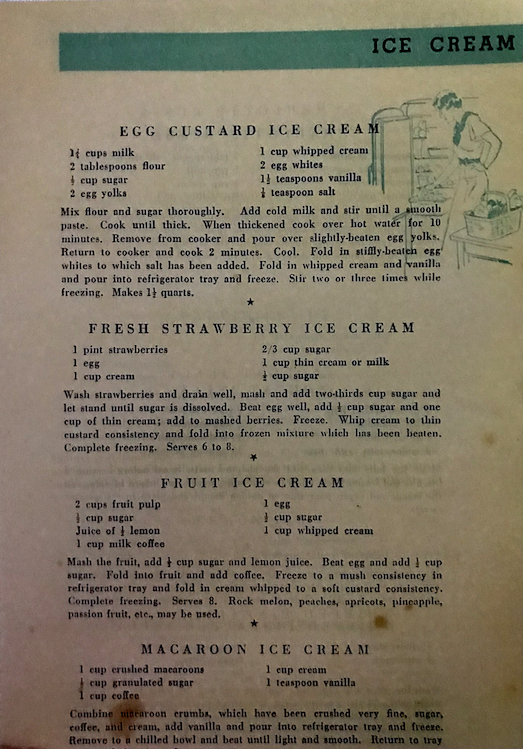
The exhibition showed how electricity revolutionized the way we shop, cook and eat. A lot of Australian homes did not have a reliable source of energy until after the Second World War; a pre-war meat safe, ice chest and kerosene fridge were among the items on display. Once people could shop for perishable foods less frequently, icecream became more common. Electricity in the home also created a booming market in small labour-saving electrical appliances like jugs, toasters and mixers.
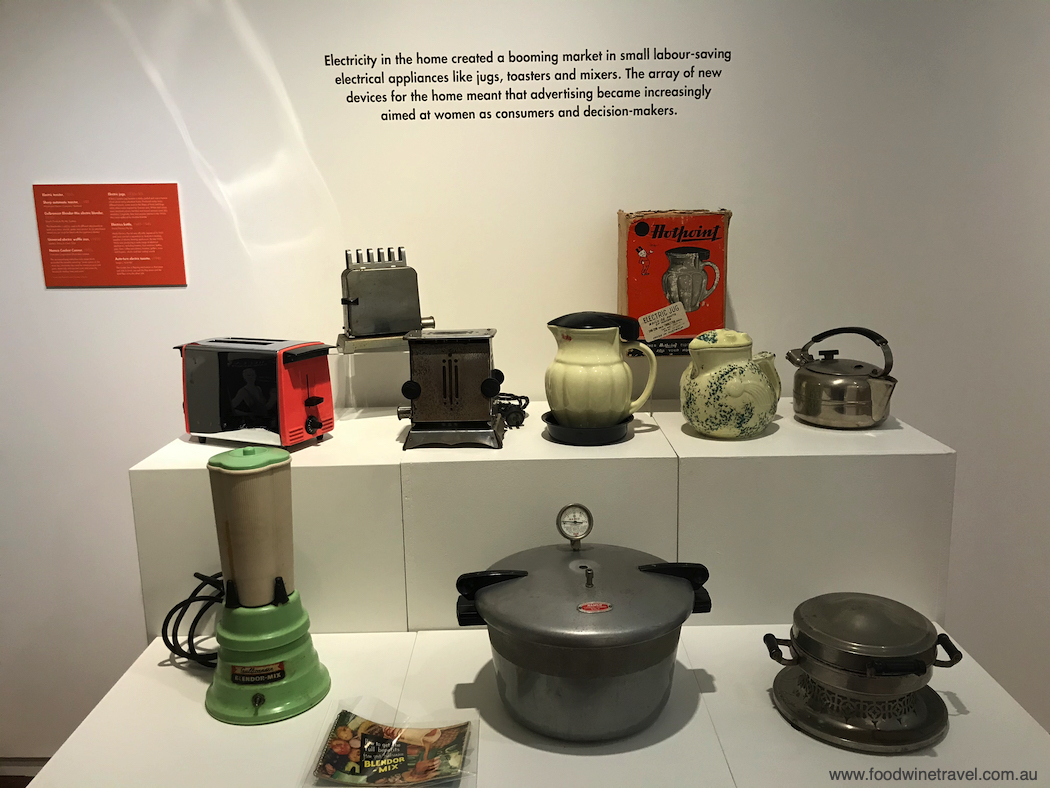
An interactive exhibit called ‘What’s On The Menu through the decades?’ had buttons from the 1910s, 1930s, 1960s and 1970s, which when selected brought up an image of a table setting from the era. Among the dishes on the 1960s table was an upside-down pineapple cake similar to the one that was still in our high school recipe book in the late ‘70s (made with canned pineapple of course).
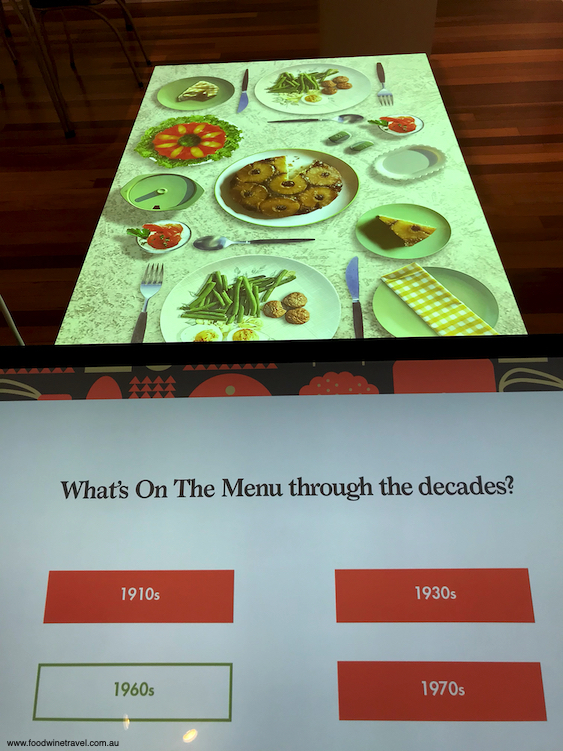
That was in the days when home economics, as it was then called, was strictly for girls, while the boys did ‘manual arts’. On reflection, our ‘home ec’ classes were positively modern compared with the 1937 cooking class in a Queensland state school that featured in a huge black and white photograph in the exhibition.
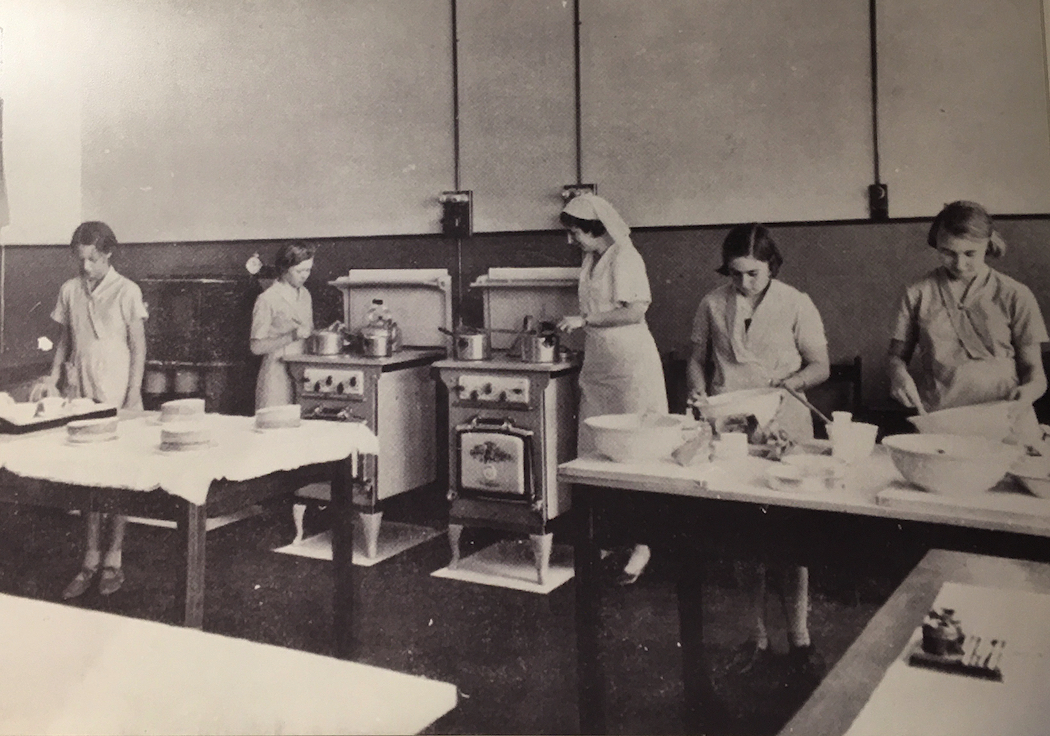
Another fabulous big black and white photo was of the Rainbow Café in Redcliffe, circa 1930, with (real) milk bar stools and (real) metal milk shake cups in front. There was also a wonderful old photo of people boiling the billy on the Redcliffe foreshore in 1926, everyone dressed in suits – how hot they must have been!
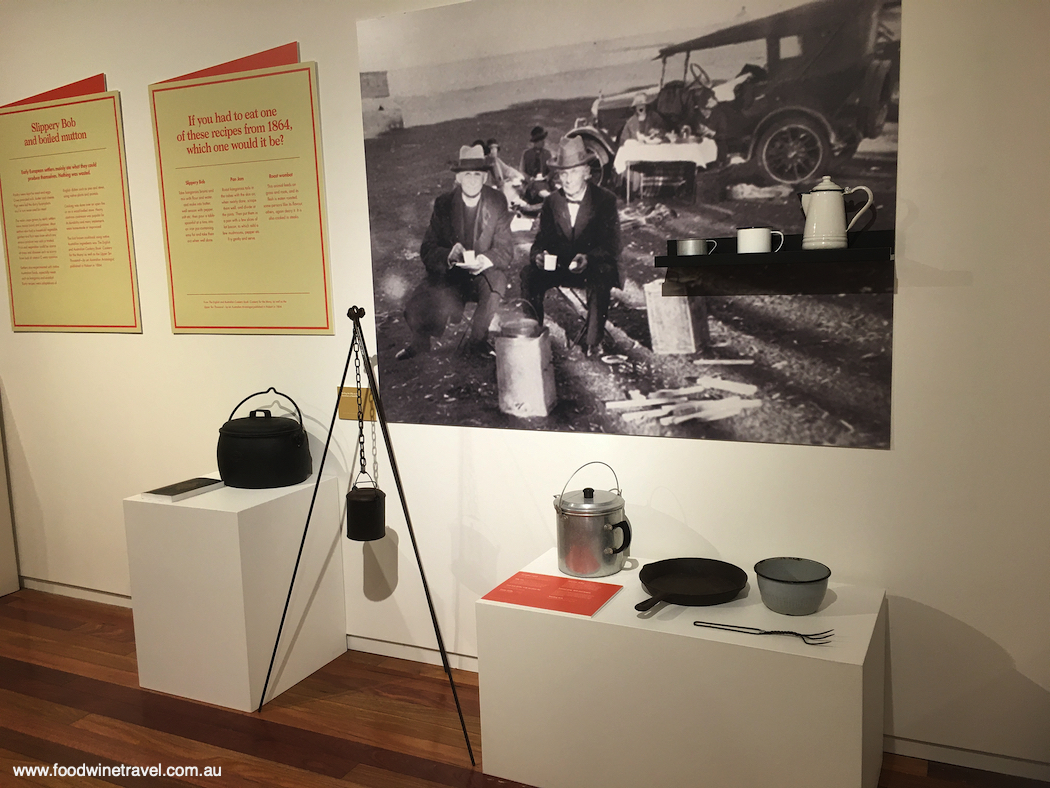
The exhibition included a display on foods invented in Australia – and foods that are in dispute, such as the pavlova (which both Australia and New Zealand lay claim to). Some foods are definitely our very own – the lamington, created and named for Queensland’s Governor, Lord Lamington, about 1900; the Chiko roll (1951) and Vegemite (1922). There’s also the Granny Smith apple, cultivated in a Sydney backyard in 1868 and now one of the world’s most popular apples.
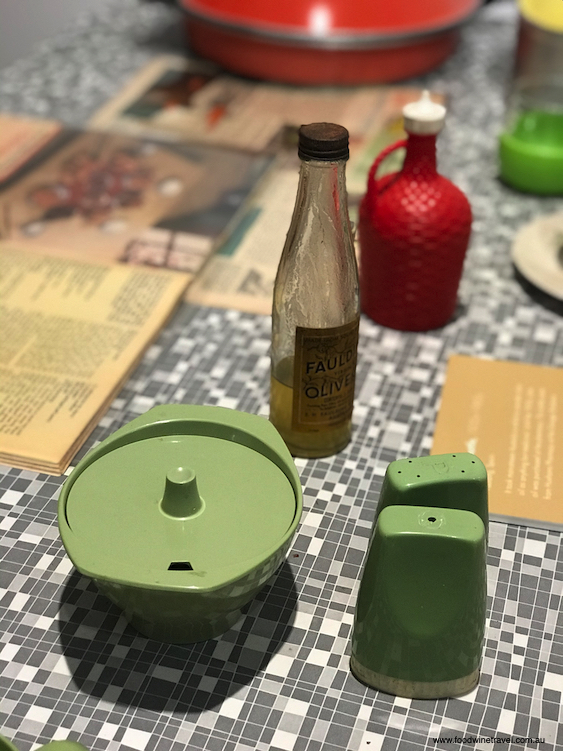
The exhibition included items I’d completely forgotten about, like the little metal tins that were sent to us with pieces of wedding cake from relatives far away. There was also the same green Tupperware sugar bowl and salt and pepper shakers that Mum had, and lots of old recipes I recognised. These were displayed on a Laminex table straight out of a 1950s/60s kitchen.
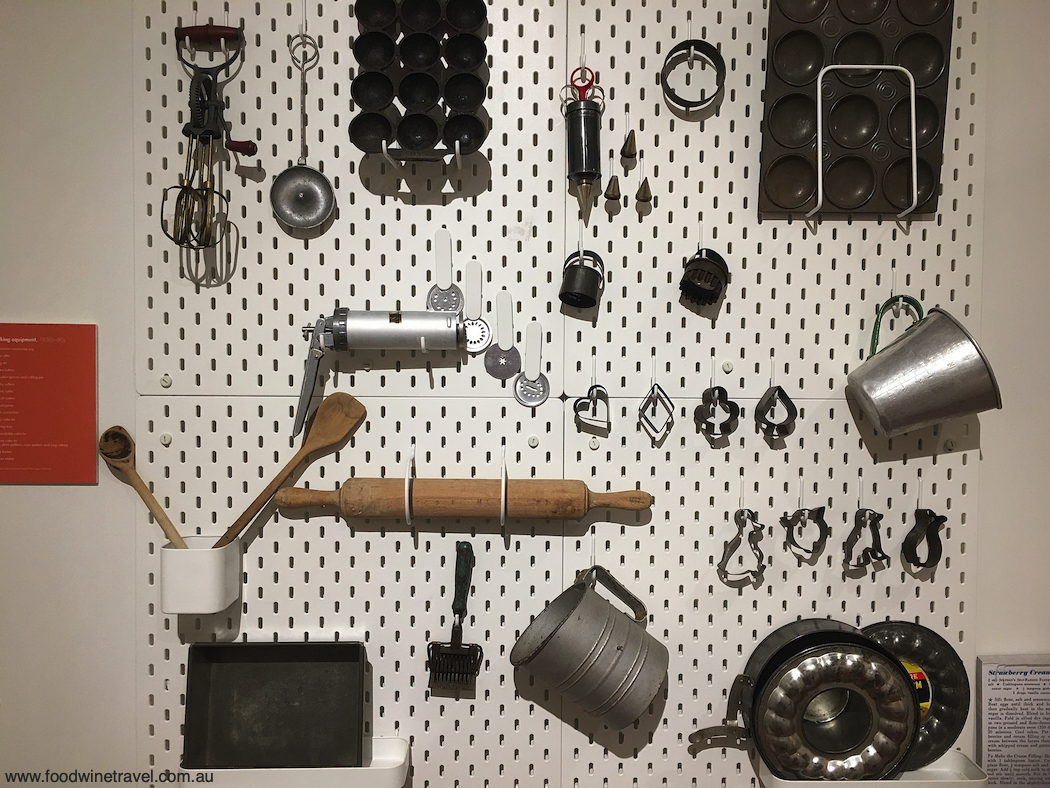
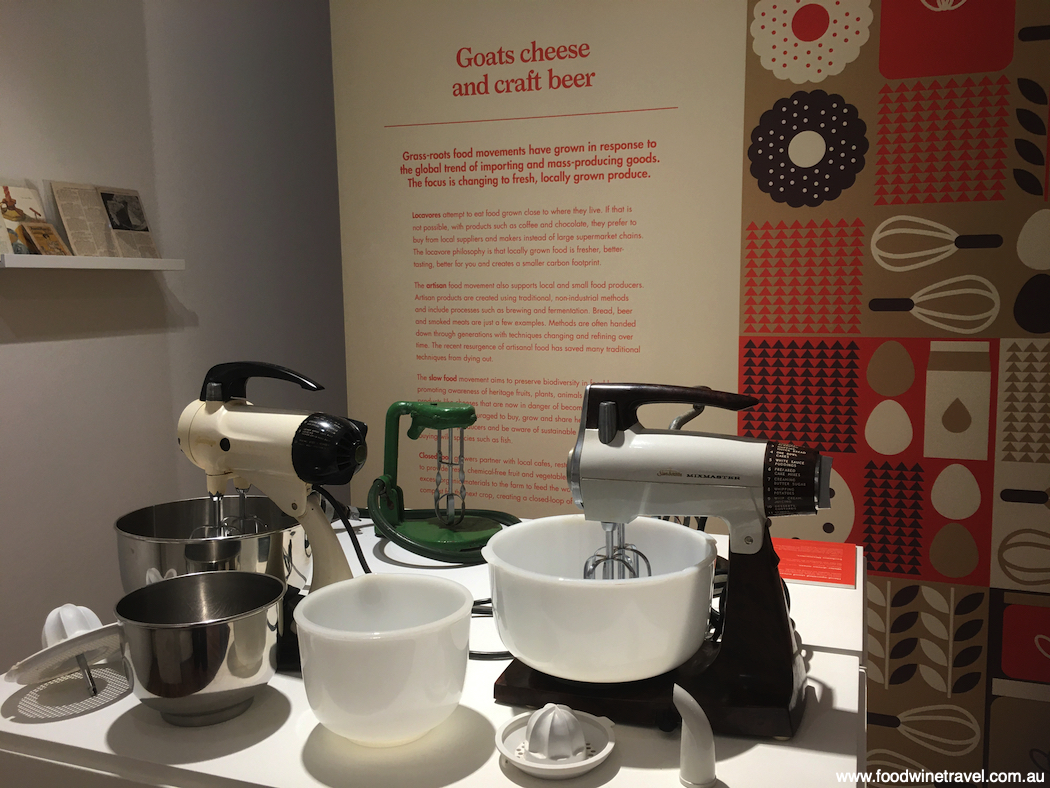
For anyone who loves kitchenalia and/or understanding more about the way we eat, On The Menu was an excellent exhibition. Unfortunately, we caught it at the tail end of its run at the Pine Rivers Heritage Museum. We enquired if it would be shown elsewhere but were told it most likely wouldn’t be. Note to the Moreton Bay Regional Council and museum curators: it would be great to see On The Menu taken to other museums in the region.

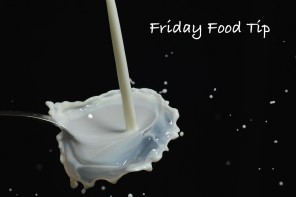
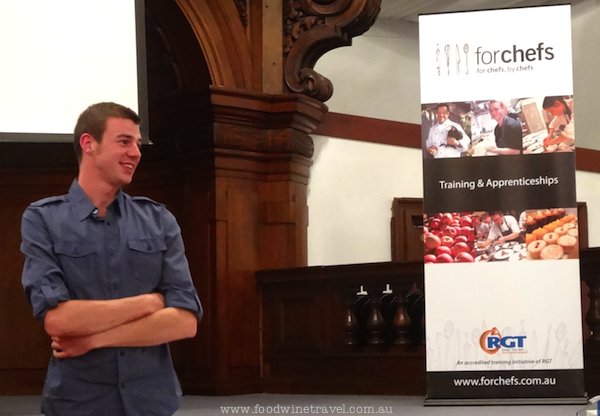
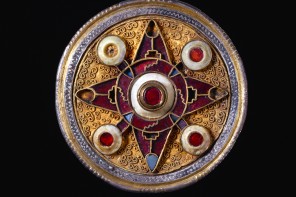

Also remember the cream – yellow electric jug too!
When my old Sunbeam died about five years ago my mother-in-law, Gladys, went to the hall cupboard and pulled out a hardly used one. It is the same model as the the one on the right of the photo (1970’s I think) which also included the citrus juicing attachments. A trusty companion in my kitchen still.
And probably a lot more reliable than today’s mixers!